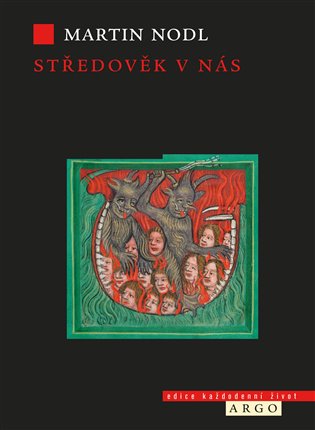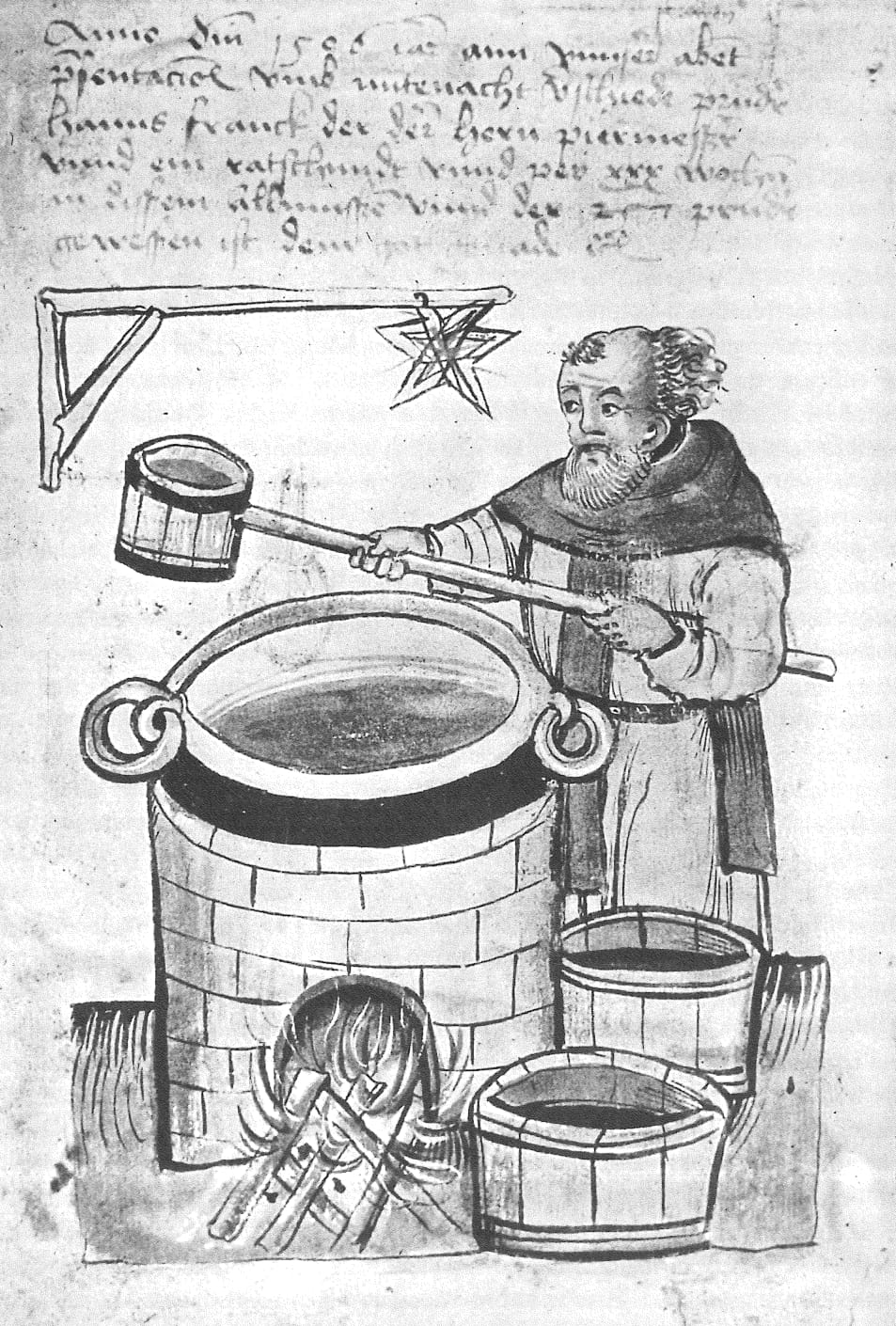Martin Nodl
Martin Nodl (b. 1968) works at the Centre for Medieval Studies and lectures at the Faculty of Humanities at Charles University. He focuses on the history of the late Middle Ages, the history of mentalities and the history of historiography. To date, he has published three monographs. Together with František Šmahel, he has prepared for publication the books Medieval Czech Man (2002) and Festivals, Ceremonies and Rituals of the Late Middle Ages (2014). In addition, he is the author of the book of fables for children Why the Stars Fall: Fables, Legends and Fairy Tales (2014).

The Medieval World in Us
October 2015, 312 pages
Rights sold: Poland (The University of Gdansk)
Entertaining and instructive reading, which provides an insight into the complex theme of everyday life in the Middle Ages.
In his book, the author contemplates the merely superficial modernity of today’s world. In ten mutually linked essays, he attempts to show that pre-modern man is present within us in virtually every manifestation of everyday behaviour. Almost everything in our “modern” world has pre-modern roots. The pre-modern world, identified in this book with the late Middle Ages, is not the world around us. The world around us has changed irrevocably. However, to this day the pre-modern world remains deep within us. Nevertheless, The Medieval World in Us is not a guide on how to resolve the problems of the modern world. It would, however, undoubtedly like to present a challenge to our conception of historical experience. The book has been shortlisted for the Magnesia Litera prize for non-fiction.
“The Medieval World in Us, in comparison with works of historians such as Vlastimil Vondruška: Nodl is an academic who successfully avoids simplification and idealisation.”
—Finmag
“The historiography of everyday life and historical anthropology that Nodl methodically draws upon do not present history as merely dates and kings and battles. On the contrary, he shows a history of men, women and children from various social strata, including their everyday trials and tribulations.”
—Tvar

